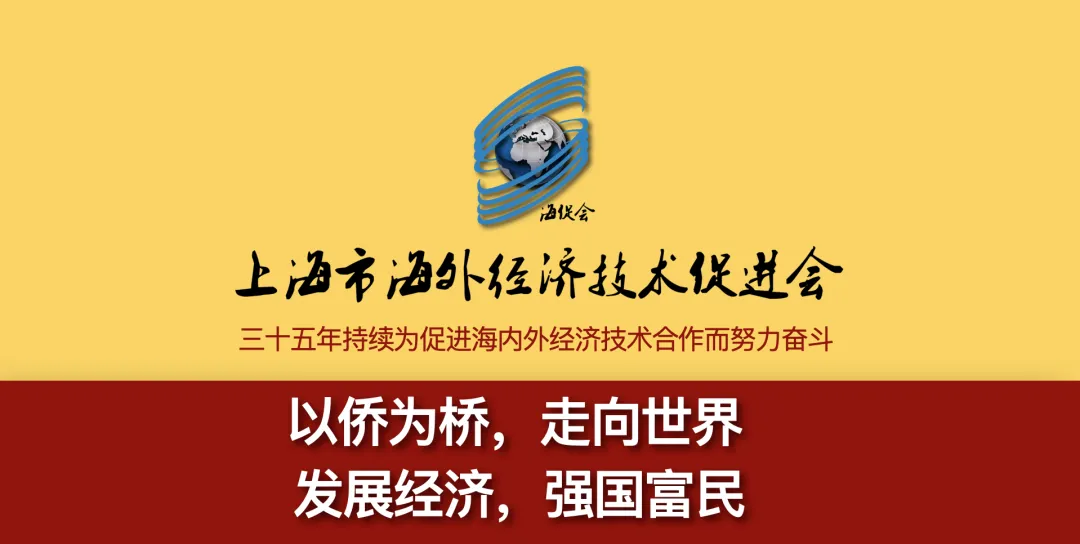
When it comes to the Huawei ICT Competition, many people are likely familiar with it. In recent years, related news reports have frequently appeared online.
Regarding this competition, I have always been curious—what kind of competition is it? What does it involve? Who participates? What practical value does it have?
Coincidentally, from March 29 to 30, the ninth Huawei ICT Competition China Finals was held at Southeast University in Nanjing. As a resident of Nanjing, I finally had the opportunity to see it in person.
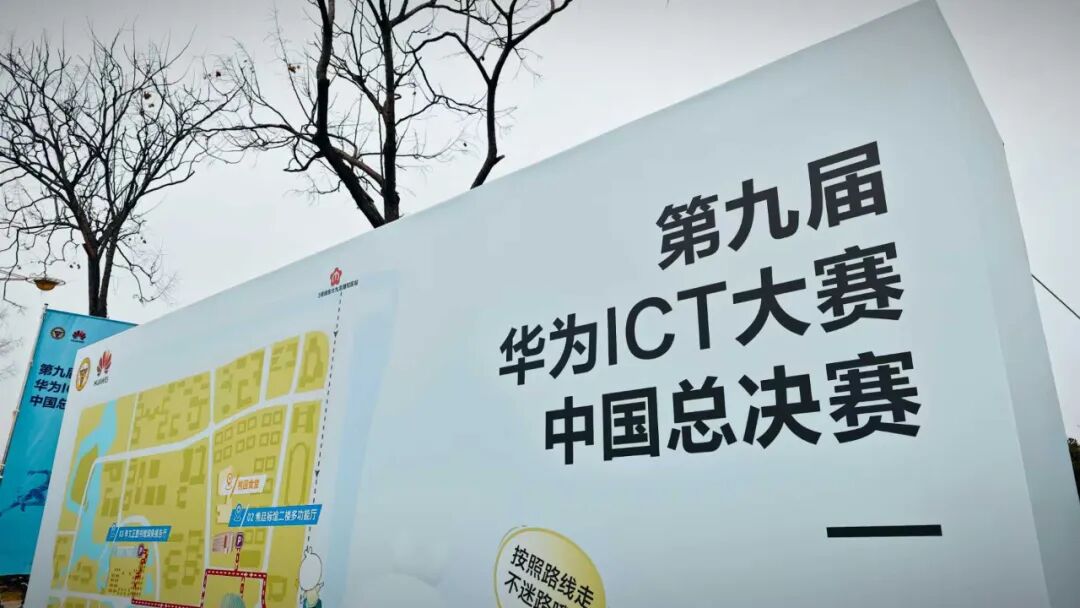
After a day and a half of on-site observation, I gained a lot and would like to share my insights.
█ Background of the Competition
First, let’s discuss the basic situation of this competition.
The Huawei ICT Competition is a public welfare competition in the ICT (Information Technology + Communication) field organized by Huawei.
The competition is themed “Connect, Honor, Future” with the slogan “I.C. The Future,” primarily targeting university students worldwide.
The purpose of the competition is to promote the cultivation, growth, and employment of ICT talents in universities. By creating an international technical competition and communication platform, it helps students enhance their theoretical knowledge and practical skills in ICT, especially in the application of cutting-edge technologies.
The competition has been held since 2015, with its influence growing year by year. According to official data, over the years, it has attracted participation from more than 2,000 universities and over 960,000 students from over 100 countries and regions worldwide.
This year marks the ninth edition, with the number of participants in the China region increasing by about 40% compared to last year, reaching over 140,000. The number of participating universities has also increased by over 200, totaling 1,618.
Next, let’s take a look at the competition tracks.
The Huawei ICT Competition features a rich variety of tracks. This year, they added programming competitions, challenge competitions, and teaching competitions for university teachers, building on the practical and innovation competitions from the eighth edition. The specifics are as follows:
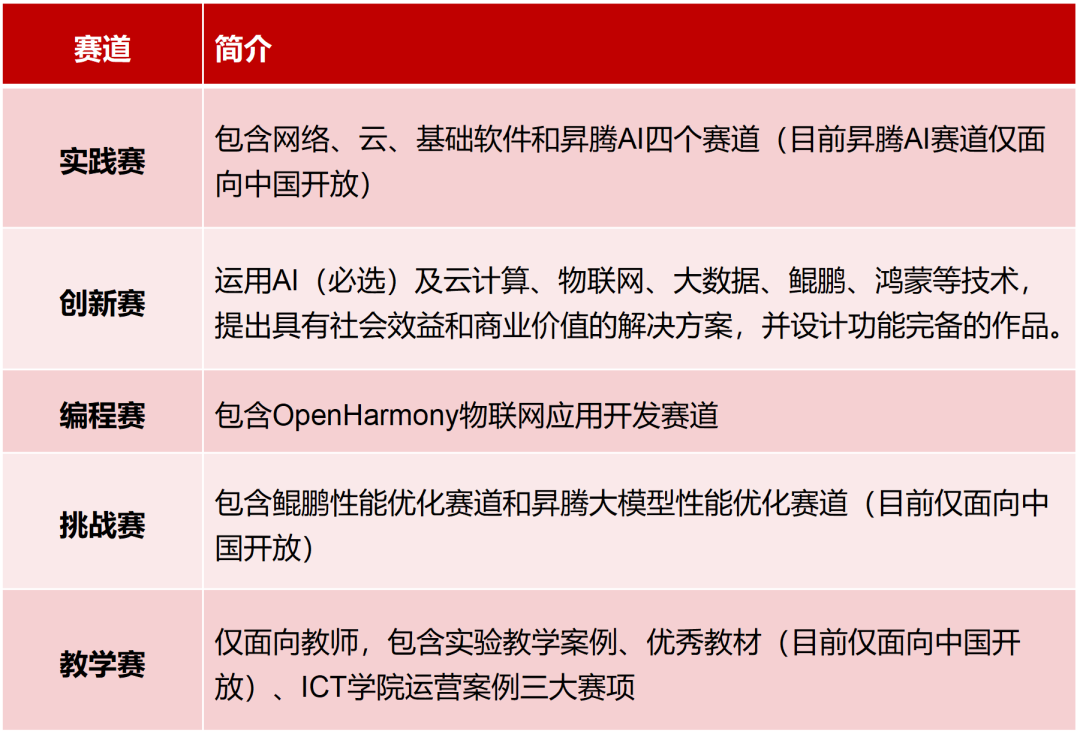
The five tracks are held in stages. On March 29, the innovation and programming competitions’ China finals were held in Nanjing. On March 30, the closing ceremony and award ceremony for the China finals of each track took place. In May, the global finals will be held in Shenzhen.
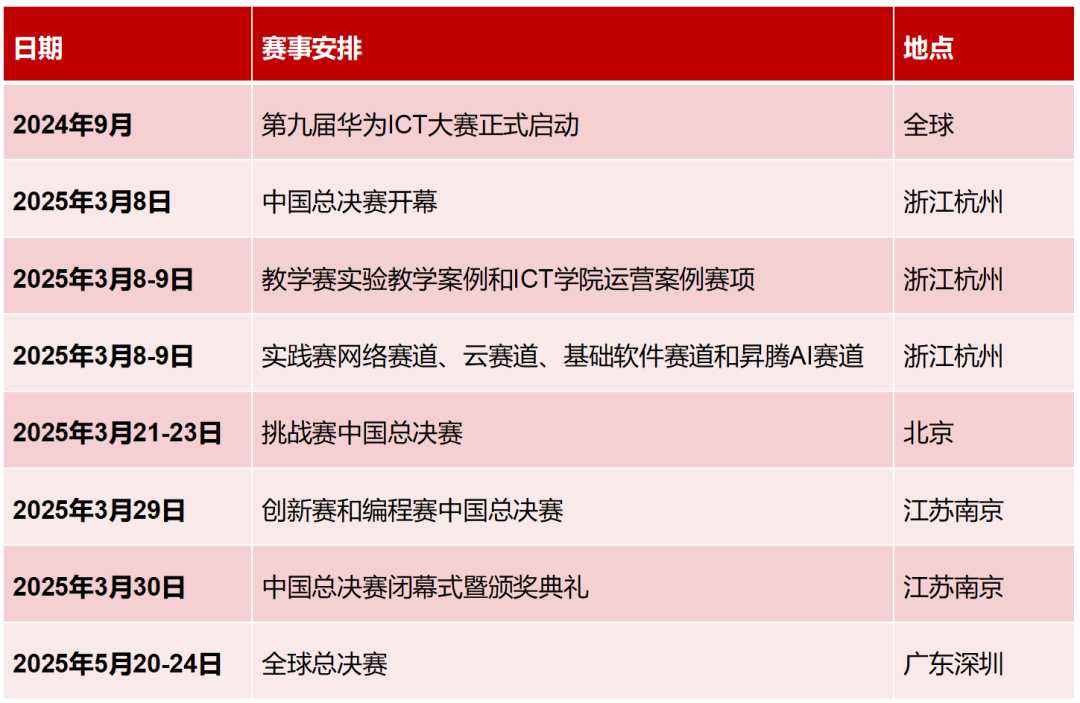
█ The Innovation Competition is Highly Competitive!
Next, let’s focus on the situation at the competition site on March 29.
I primarily observed the process of the innovation competition’s China finals. Contestants registered in groups (three per group) and were required to design AI-based scenario solutions using Huawei-related technologies. This mainly assessed students’ comprehensive application and innovation capabilities in AI technology.
After the preliminary selection, a total of 55 teams stood out to participate in this innovation competition’s China finals.
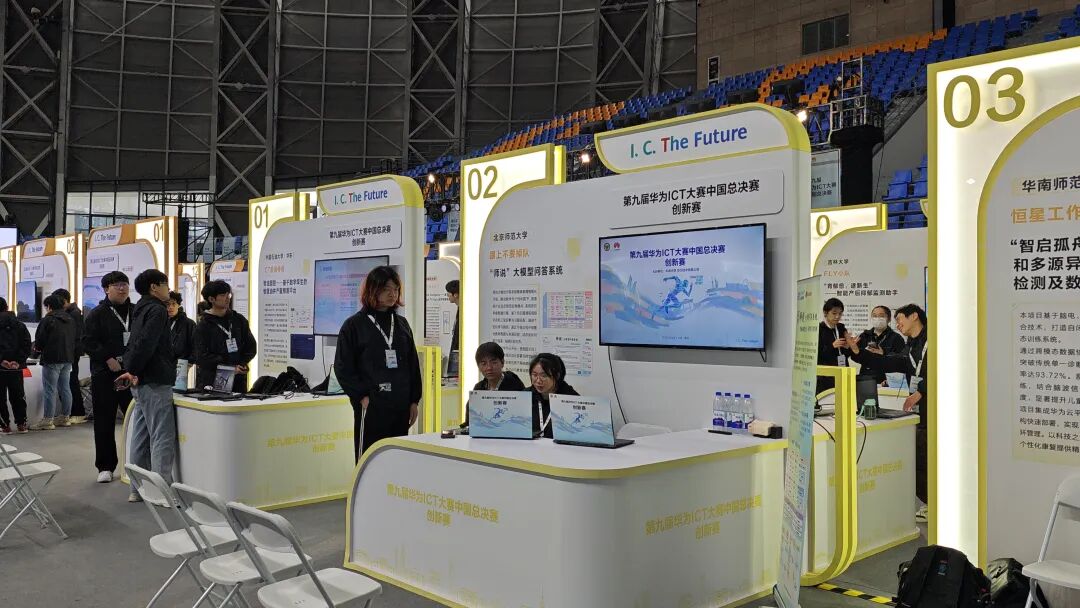
Scene of the Innovation Competition’s China Finals
The finals were conducted in a live presentation and defense format. Judges toured the venue to assess the projects’ innovation, system complexity, technical integration, functionality, and social benefits, and scored based on the teams’ defense performances.
I carefully observed each project. Honestly, these projects were outstanding, showcasing high technical content and practical value. The projects covered various fields such as healthcare, transportation, culture, elderly care, power grids, industry, agriculture, and consumer goods, addressing numerous vertical industry scenarios or life situations closely related to real pain points and needs.
Here are a few of the most impressive cases I encountered.
A team from Zhengzhou University of Light Industry presented a multimodal perception-based barrier-free sign language translation system called “Smart Language Without Boundaries”.
This system is primarily aimed at the hearing-impaired community and deeply integrates the “Ascend AI + Huawei Cloud IoT + OpenHarmony + HiSilicon Star Flash” technology ecosystem, including three innovative products: Lingyi dual-sensing gloves, Vision AR glasses, and Xunyi smart terminal, enabling high-precision sign language recognition and real-time translation.
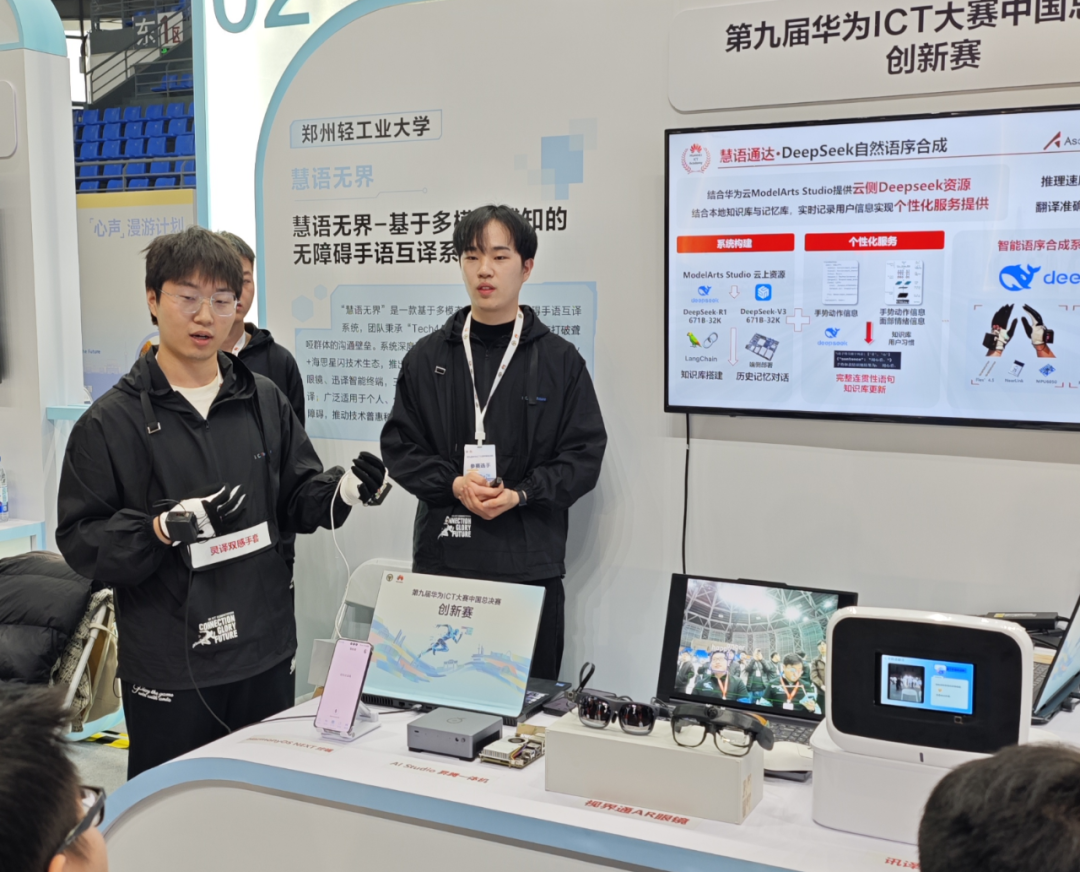
The project fully embodies the concept of technological inclusivity and social integration, providing great convenience for the hearing-impaired and receiving positive feedback from trial users. Ultimately, due to their outstanding performance, the team won first prize in the innovation competition.
At this competition, there were also several products serving special populations, including a hand rehabilitation system for stroke patients based on Huawei Cloud and brain-computer interfaces, an intelligent diagnosis system for Alzheimer’s disease based on Huawei’s full-stack interconnectivity, and a behavior tracking system for smart elderly care communities based on gait recognition.
This fully demonstrates the contemporary youth’s keen insight and sense of responsibility towards special populations. Their products not only reflect technological innovation but also highlight humanitarian care and social value.
Another impressive work was the multimodal collaborative robot—HAM from the team at Shanghai Jiao Tong University.
This robot hardware consists of a six-legged robot equipped with Ascend Orange Pi and Harmony development boards, while the software includes three agents (TaskAgent, which can receive voice and visual information and drive mechanical structures; NoteAgent, which can provide user information storage and past information retrieval; and UIAgent, which can help users automatically operate their mobile phones).
The robot can receive user commands to perform diverse operations such as object recognition, picking, and placing orders, making it suitable for future elderly care at home.
Their project achieved a combination of software and hardware algorithms, reflecting the development trend of embodied intelligence. The team also won first prize.
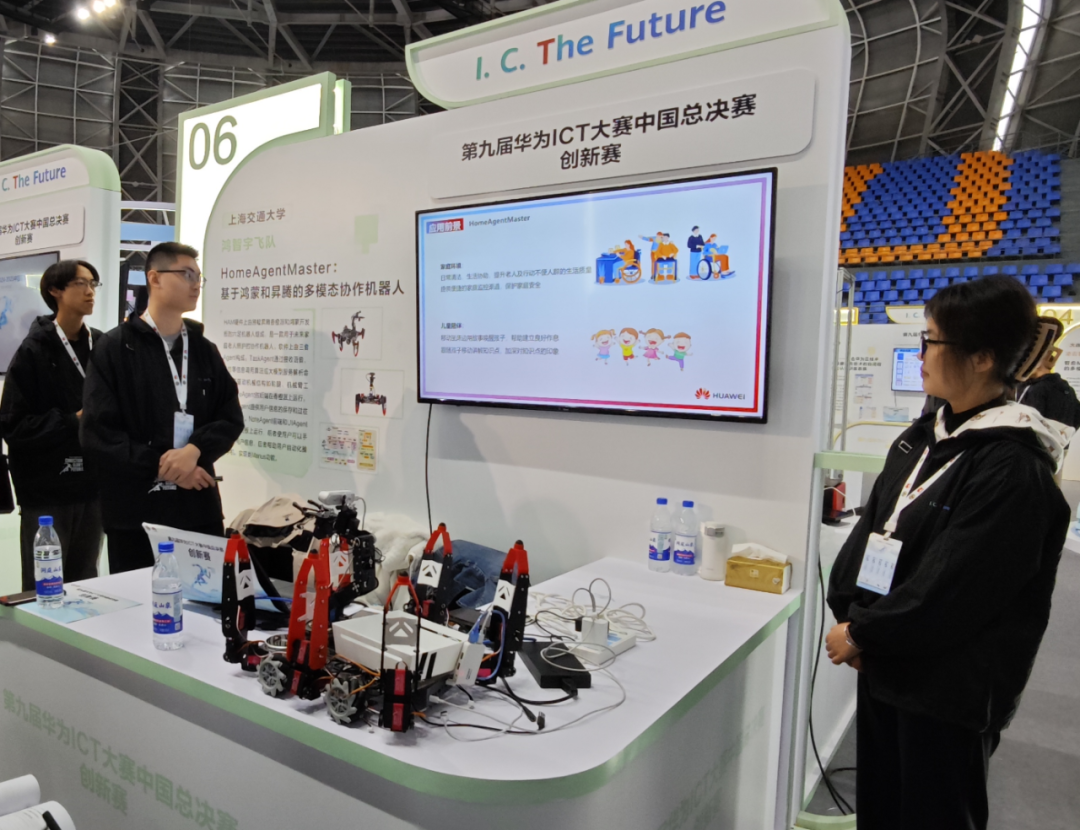
Now let’s look at a product in the industrial field, the intelligent autonomous inspection system for wind turbine blade defects—”Longxiang Xunyi” from Shanghai University of Electric Power.
This project addresses the pain points of high operational costs and low efficiency in the wind power industry, deeply integrating Ascend AI full-stack technology. It uses drones in conjunction with computing vehicles at the edge and performs image analysis in the cloud through Huawei’s vertical large model to achieve real-time detection of blade defects, significantly promoting the digital intelligence of energy infrastructure. The project ultimately won second prize in the innovation competition.
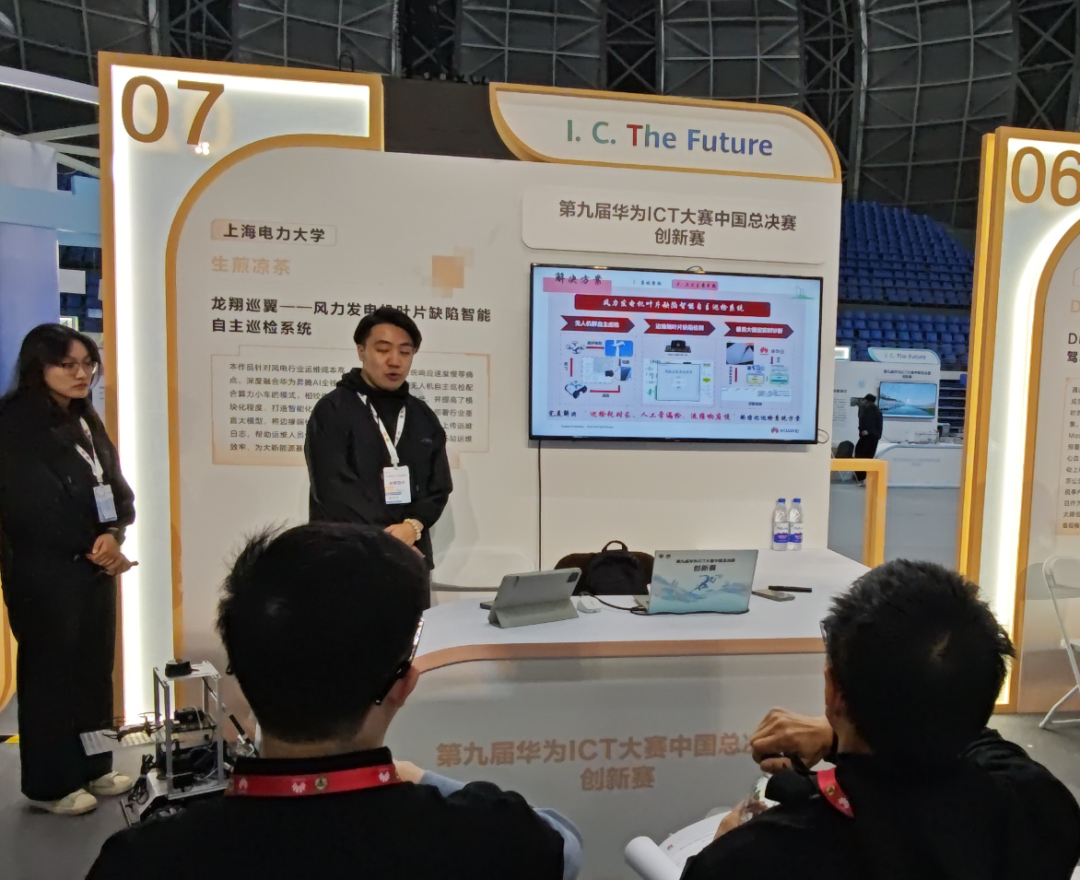
Overall, the projects from the participating teams were very “down-to-earth”. Currently, the AI wave is intensifying, and various industries are actively exploring how to implement AI, empower traditional scenarios, enhance efficiency, and create value.
These young people fully leveraged their imaginative advantages while utilizing their AI skills to realize their ideas and address existing pain points. Many projects, I believe, have real commercialization potential and could genuinely incubate into entrepreneurial projects.
In the end, after a day of fierce competition, the innovation competition awarded 21 third prizes, 18 second prizes, and 16 first prizes. The 16 teams that won first prize will advance to the global finals.
█ Post-Competition Reflections: The Dilemma and Exploration of Talent Cultivation
The competition has ended, but my thoughts have not stopped.
In recent years, there has been much discussion surrounding talent cultivation and employment in universities.
Let me share two data points. First, according to the “China ICT Talent Ecosystem White Paper” jointly released by Ernst & Young and Huawei, by 2025, the predicted shortage of ICT talents in China will exceed 20 million, with a continuously expanding supply-demand gap. Second, according to data from relevant national departments, the number of graduates from ordinary universities in 2025 is expected to reach 12.22 million, still increasing compared to last year.
I have long been engaged in talent cultivation-related work. The establishment of Fresh Date Classroom is also aimed at providing knowledge services for young people. I have some experience in talent cultivation.
Frankly speaking, in the context of rapid changes, traditional talent cultivation methods and content have certain flaws. Especially in the ICT field, where technology iteration and knowledge updates occur rapidly, university course designs struggle to keep up. Moreover, university courses tend to be theoretical, lacking in practical skill development.
There is a disconnect between talent cultivation and talent demand. In other words, traditional talent cultivation methods, whether in terms of capability shaping or cultivation efficiency, cannot meet the needs of enterprises or the demands of the digital transformation wave in society.
During this competition, the “ICT Talent Summit Forum” initiated by the New Engineering Alliance and hosted by Southeast University and Huawei was held at the Southeast University Jiulonghu campus. Experts from academia and industry expressed similar views. Especially under the AI wave, how to improve talent cultivation methods, adjust cultivation content, and enhance cultivation effectiveness became the focus of discussion among the attending experts.
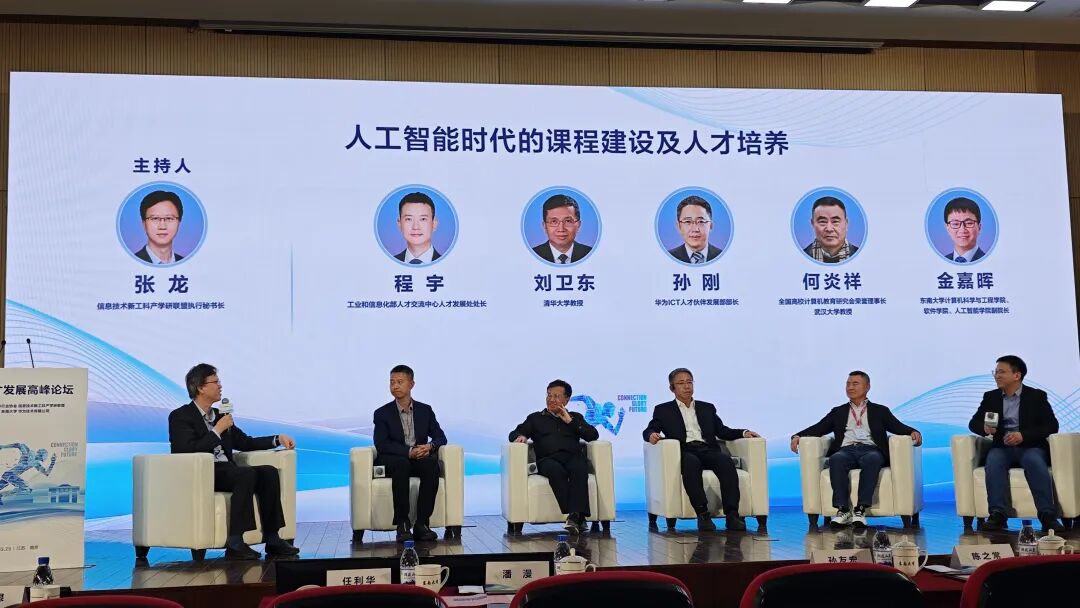
The Huawei ICT Competition is actually a proactive attempt to explore talent cultivation.
Holding high-level competitions serves as guidance for university students and activates their innovative capabilities. Young people inherently possess rich imagination and creativity, along with a strong desire to learn and express themselves.
By participating in highly practical competitions, along with some guidance, they often unleash tremendous innovative energy and experience significant growth in their capabilities.
For Huawei, hosting the ICT Competition is not solely about cultivating talent for itself but also for the industry and society. In a sense, it reflects the responsibility and commitment of leading enterprises in the industry. Of course, it is also beneficial for its own brand and ecosystem.
For university students, participating in the ICT Competition allows them to learn knowledge, accumulate experience, and broaden their horizons, genuinely enhancing their professional capabilities. For universities, it facilitates communication and collaboration, promoting the integration of industry and education, and better exploring reforms in cultivation models.
This truly achieves a “win-win situation for multiple parties”.
In fact, the Huawei ICT Competition is one part of Huawei’s entire talent cultivation chain. In addition to the ICT Competition, Huawei has also established over 3,000 ICT academies, building a comprehensive ICT talent cultivation system.
To support the healthy operation and development of Huawei ICT academies, Huawei provides courses globally for these academies, including general courses, professional courses, and certification courses, delivered through the Huawei Talent Online official website. As of the end of 2024, Huawei has released over 70 courses, covering languages such as Chinese, English, French, Arabic, Portuguese, Spanish, German, Russian, Korean, Indonesian, Japanese, Turkish, and more.
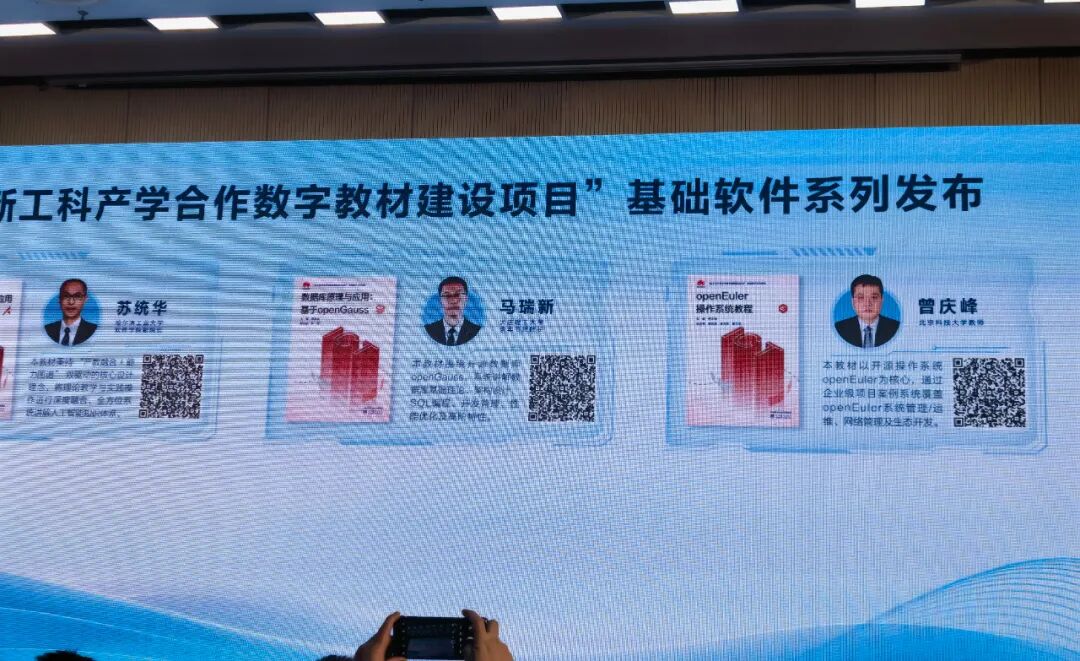
Images from the “ICT Talent Summit Forum”
Huawei leverages its technological and resource advantages to deeply integrate industry and education with universities and collaboratively cultivate talent through a mechanism of “learning through competition and production through competition,” not only honing students’ engineering practice abilities in various fields but also forming a virtuous cycle of integration between industry, academia, and research, providing a replicable innovative paradigm for talent cultivation in the intelligent era.
As a global competition, the Huawei ICT Competition is also very popular internationally. Previous competitions have produced many outstanding entries and contestants, along with many exciting stories.
For example, in the sixth competition, Bhag Chand from Mehran University of Engineering and Technology (MUET) in Pakistan, along with two classmates, won first prize in the practical competition’s network track. Bhag Chand eventually joined Huawei.
Bhag Chand’s success story was made into a promotional video titled “The Man Who Runs to the Moon” (Bhag Chand means “the man who runs to the moon” in Urdu), which caught the attention of the President of Pakistan and was shared on the President’s personal Twitter account.
█ Final Thoughts
We are currently in a very delicate stage. The wave of digital transformation combined with the AI wave is placing society in an unprecedented period of change. The rapid development of digital intelligence technology not only alters our work and lifestyle but also imposes new requirements on the workplace.
This generation of young people has grown up in an era of information explosion, naturally sensitive and passionate about new technologies. They dare to challenge and innovate, demonstrating extraordinary abilities and potential.
Actively exploring new models of talent cultivation, guiding young people, and creating opportunities is our responsibility and mission in this era.
I hope more platforms like the Huawei ICT Competition emerge, opening a new chapter in talent cultivation and laying a solid foundation for the arrival of the intelligent era.
【Image and text source】Fresh Date Classroom
The content of this article is sourced from the internet and is for sharing and reference only. The copyright of the article belongs to the original author and source. We pay our respects to the article’s author and have made every effort to credit the source. If there are any omissions or copyright issues, please contact us for deletion.
– END –
Image and text editor: Feng Yiqi
Editor: Jiang Keping
